- ConsultancyProcurement TransformationSourcing and Managed ServicesCost OptimisationSupply Chain ManagementSustainable Procurement
- Frameworks & DPS
- Commercial Procurement
- Technology
- Resources
- Why Inprova
- Contact Us
Get more information
Have you ever kept onboarding new suppliers simply because operations demand it? Or because bid teams promised a “soft landing”? If so, you may end up with too many suppliers. Often, their roles are unclear, and many contribute only to tail-end spend.

Contract management means creating, implementing, and reviewing contracts. This can be between your business and a supplier, or a partner. It is an essential part of running any business.
As your business grows, contract management becomes more complex. Therefore, having effective strategies and clear processes is vital.

This is crucial for identifying and managing key partnerships. Start by categorising suppliers based on risk, value, and criticality. This helps you focus resources where they matter most. Clear segmentation highlights your strategic partners and makes supply chain risks easier to manage. For example, a refined segmentation tool can identify which suppliers are critical, and which are easier to replace.

A strong feedback system gives every stakeholder a voice. Regular input from all sides removes rumours and creates a clear picture of supplier performance. In addition, feedback acts as a learning tool for service partners. They can see where to improve and where to consolidate. This ensures performance issues are solved quickly, and partners continue to grow.

Meetings should not happen for the sake of it. Instead, structure them around clear goals and agendas. Purpose-driven meetings encourage honest discussions, address issues early, and keep everyone aligned.

To track supplier performance, use a scorecard. This tool captures, monitors, and rates performance based on your earlier segmentation. As a result, you can make informed decisions, guide category planning, and hold suppliers accountable. A robust scorecard also helps you spot trends and plan for long-term success.
Therefore, these four steps create a solid framework for managing contracts. With the right processes, you can strengthen supplier relationships and ensure contracts deliver real value.
In addition, if you would like to dive deeper into any of these points, simply fill in the form above and take the first step toward a more organised supply chain.


